How New England's winter economy and chances of a white Christmas are changing
Songwriter Irving Berlin likely didn't know about climate change when he dreamt of tree tops glistening and sleigh bells in the snow.
Berlin's worldwide famous Christmas song from the 1940s coos to listeners, "May all your Christmases be white." And yet trends are showing that New Englanders' chances of seeing snow on the ground Dec. 25 are becoming much more variable.
Much like what the region is seeing with sporadic, more extreme rainfall, New England is experiencing less-consistent snowfall throughout the winter, replaced instead with more isolated storm events that bring a large amount of snow all at once, scientists say.
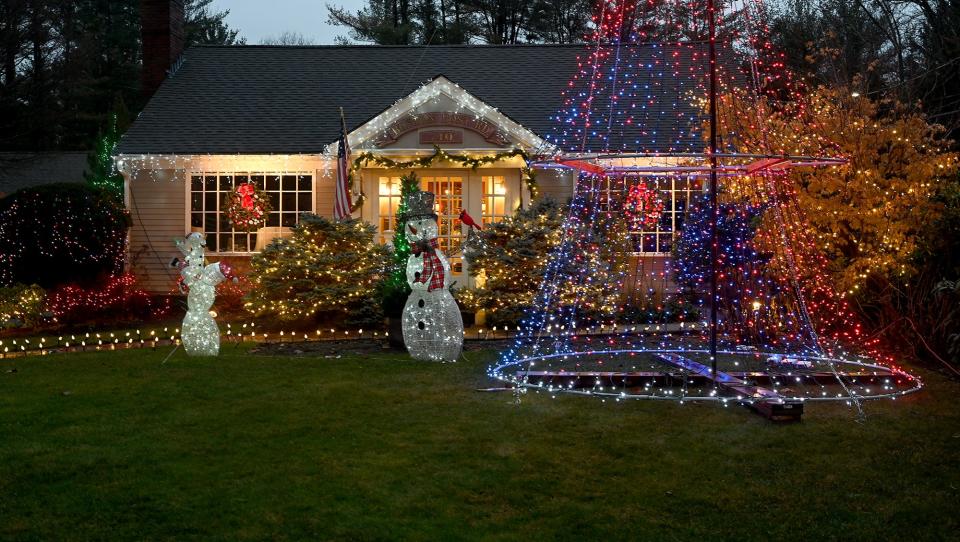
A recent analysis by Climate Central shows that winters have warmed by 3.3°F on average across 238 U.S. locations since 1970. Parts of New England are far above the national average. Winters have warmed 7.1°F in Burlington, Vermont − the most in the nation − and 6°F in Concord, New Hampshire.
"Our climate is changing faster than almost any other place in the United States except for Alaska, and the biggest changes are happening in winter," said Alexandra Contosta, a research assistant professor at the University of New Hampshire who studies New England winters.
Contosta said the region is losing temperatures below freezing, and in turn, consistent snow cover.
'No white Christmas with no snow, snow':'White Christmas' puts imaginary Vermont town in spotlight
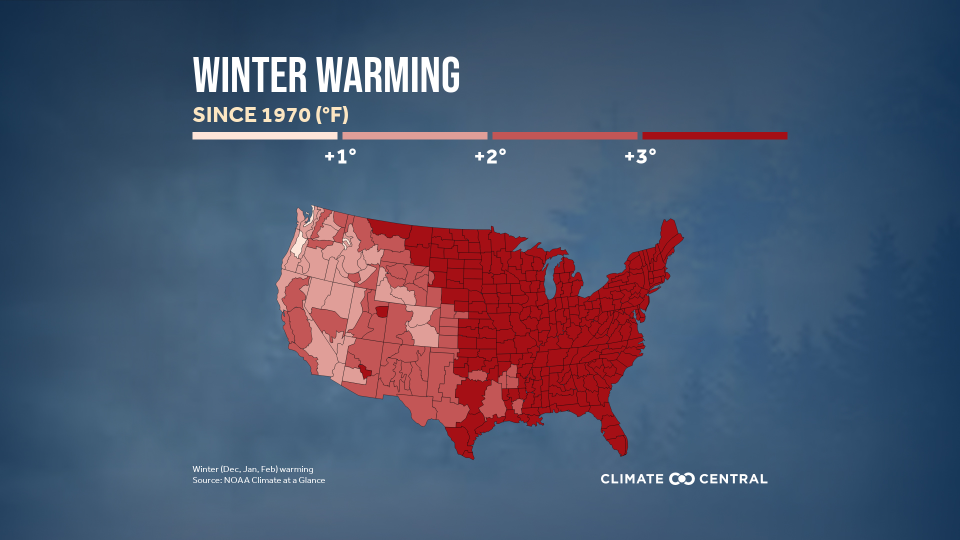
But it's a complicated picture, said Judah Cohen, a climatologist with the Massachusetts Institute of Technology and director of seasonal forecasting at Atmospheric and Environmental Research. Winters are "for sure" getting warmer, he said, and in general starting later, but trends are simultaneously showing an increase in snow accumulation, particularly in southern New England.
That's because New England is seeing "less of these nickel-and-dime smaller storms" and more scattered storms of larger magnitudes, Cohen said. He attributes that to closely timed disruptions in the polar vortex, which he's trying to prove, via his research, is related to climate changes in the Arctic. As the Arctic warms, the chance of severe winter weather in Boston grows higher, he said.
The changing winter landscape is a major conundrum for an area of the country that's built much of its persona around snow and cold temperatures. From quintessential scenery of snow-coated evergreen trees to nationally known ski resorts, winter is integral to New England's identity - and its economy.
Another destructive year for weather:16 disasters at $1 billion each. How the US was impacted by weather in 2022.
A study published last year by researchers at Salem State University and the University of Massachusetts Amherst that found the winter season is experiencing the greatest level of warming in New England also outlined future economic implications for the region.
"The economic and cultural heritage of New England is grounded in its seasonal climate," the study reads. "The outdoor recreation industry supports more than a million jobs in the northeastern U.S. and provides approximately $150 billion in spending to the regional economy. ... Changes in New England’s climate are threatening the seasonality, the natural resources, and the economic under-pinnings of the region."
The fluctuations in snowfall and shorter, milder winters, the researchers wrote, will present a variety of challenges for rural industries such as logging, maple syrup harvesting and the ski industry.
New England winters are warming: What it means for snow storms
New England is seeing winters with more variability, Contosta said, such as a warm day in February that feels like spring followed by a big storm with significant snow accumulation.
Research is showing the region is experiencing increasingly fewer storms, but storms that bring more significant snowfall. The 2021-2022 winter, for example, saw above-average snowfall totals attributable to monster blizzard Winter Storm Kenan, which dropped feet of snow on Jan. 29, 2022, in many parts of Massachusetts and was the state's second-snowiest day in recorded history. The storm tied the city of Boston's single-day snowfall record (26.3 inches), and it dropped a record 30.9 inches in the town of Stoughton, according to the National Weather Service.
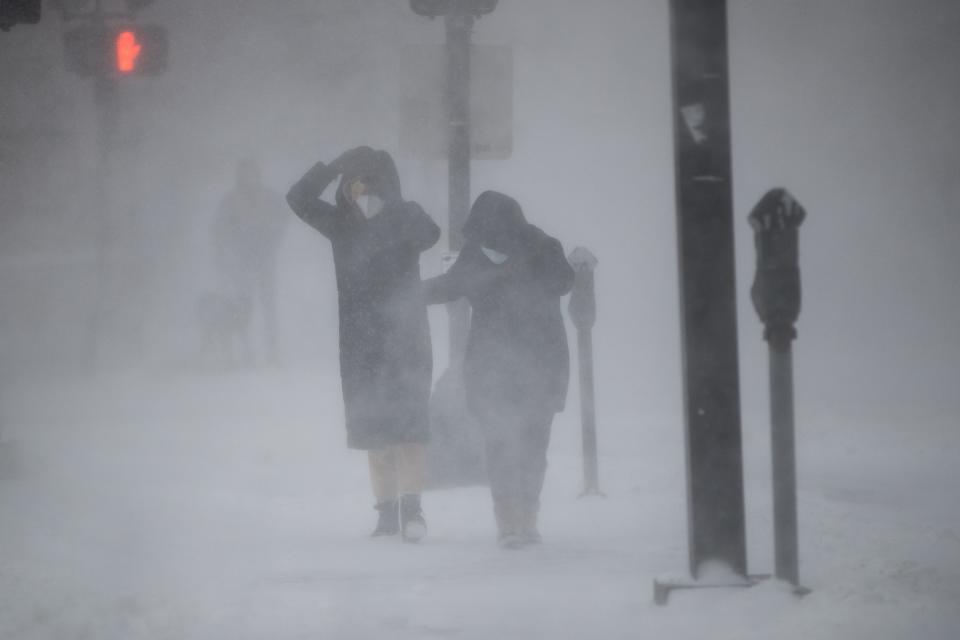
But prior to Winter Storm Kenan, Boston had been in the midst of its fifth-longest snowless streak, meaning it had not seen an inch of snow for 316 days, per the NWS. That streak came amid the city's warmest year on record. The extremes had experts and the general public scratching their heads.
"Over time, we've seen it's been more nuanced," Cohen said of prior winter climate change predictions. "It's been very mixed."
Record snowfalls:Here are the largest single-day snowstorms in Massachusetts history
In her research, Contosta found the region could lose one-to-two months of below-freezing temperatures and one-and-a-half to two months of snow cover by the end of the century under an accelerated global warming trajectory.
"The outlook is even worse if we're thinking about the number of days with deep enough snow for cross-country skiing or snowmobiling," she said.
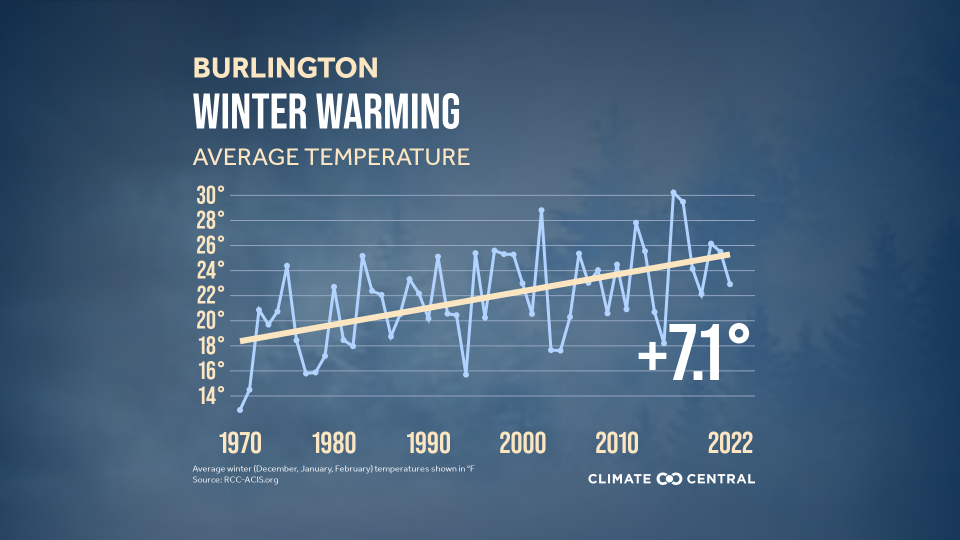
Mathew Barlow, professor of climate science at the University of Massachusetts Lowell, said while there are more obvious effects on recreation, warming winters will also affect native plants and animals, including invasive species and pests. Cold weather can keep tick populations in check, he said, and insects like the woolly adelgid from devastating native hemlock trees, for example.
Ticks and mosquitoes: How climate change will bring more pests and disease to New England
How will warming winters affect New England ski areas?
Contosta's research has also found that only 15% of ski areas in Quebec, Canada, and the northeastern U.S. remain economically viable under a higher greenhouse gas emissions scenario, defined as being open for more than 100 days a year. That's despite improvements in the technology for snowmaking.
"Right now we have enough cold temperatures to make snow for about a month before the Christmas holiday and two-and-a-half months before February vacation, two important timeframes where ski areas make a lot of profit," Contosta said. "By the end of the century, we might have a week or two to make snow before Christmas and just about a month before the February vacation."
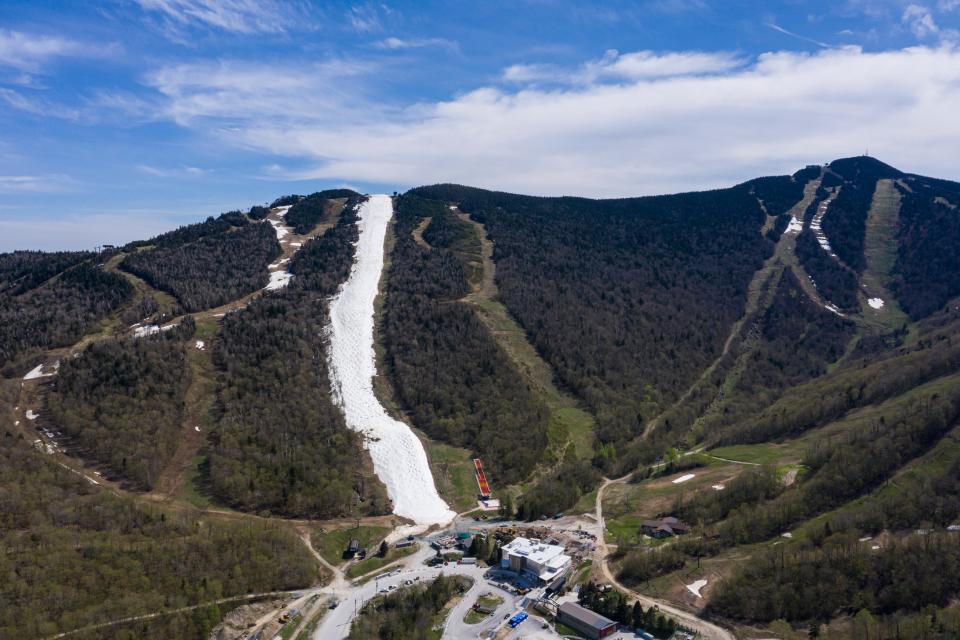
Barlow said other quintessential New England staples, such as backyard skating rinks and skating on ponds, "have already changed pretty dramatically."
A study Contosta co-authored this year published in the journal Northeastern Naturalist showed by midcentury (2040–2069), ski areas in North America will face up to a 50% decline in days where conditions would be favorable to make snow at the current pace of global warming.
Limiting emissions could slow that to only a 10 to 30% decline in the number of snowmaking days, and Contosta emphasized that "these changes are not inevitable" if actions are taken to address global warming and alter the current trajectory.
"The future winter will probably be warmer and we will likely have less snow than we do now," she said. "But our studies look at a different scenarios of climate warming. If we reduce our emissions, we can protect some of our winter and maintain those cold temperatures and snow cover."
What is the likelihood of a white Christmas?
Last year, the National Oceanic and Atmospheric Administration used data from 1991-2020 to calculate the likelihood of there being at least 1 inch of snow on the ground at weather stations across the U.S. on Dec. 25.
NOAA created an interactive map where people can select the weather station closest to them and view the probability.
On NOAA's map, much of southern New England, including Massachusetts' south coast and Cape Cod, coastal Rhode Island and coastal Connecticut, are marked with gray, indicating some of the lowest probability. Looking broadly at the U.S. map, gray is creeping higher up the East Coast.
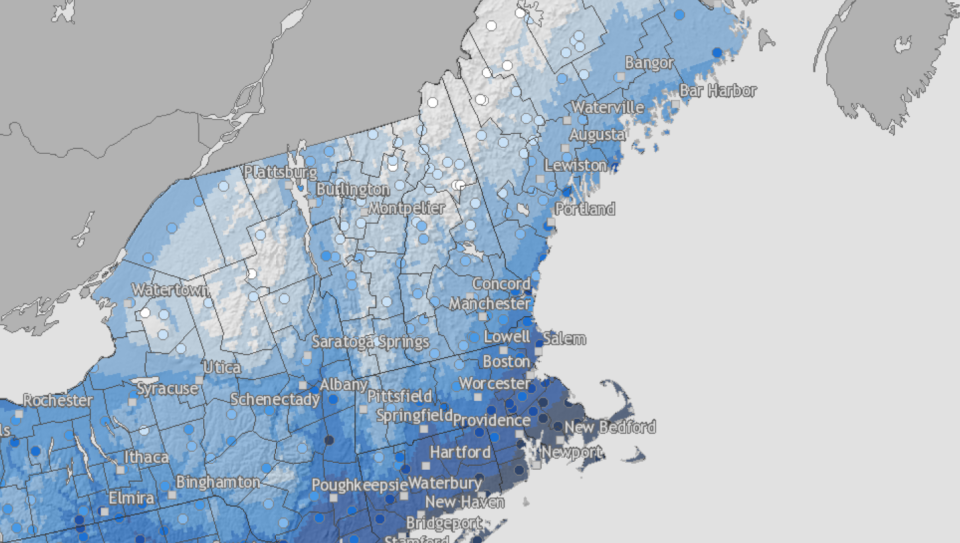
In Massachusetts, Hyannis, for example, has 7% probability of snow on Dec. 25. West in Amherst and north in Newburyport, there is 40% probability.
The same rings true in Rhode Island, where Providence has a 17% probability, while inland, Foster has a 43% probability.
What's the forecast?What's the chance of a white Christmas in RI? Here's why it may be more likely in 2022
The likelihood of snow increases north into New Hampshire, Maine and Vermont, and is the greatest in the northernmost points of Vermont and Maine.
"It’s not surprising that there are some subtle differences between the 1981-2010 version of the white Christmas map and the 1991-2020 version that are consistent with the reality of long-term warming," NOAA writes. "More areas experienced decreases in their chances of a white Christmas than experienced increases."
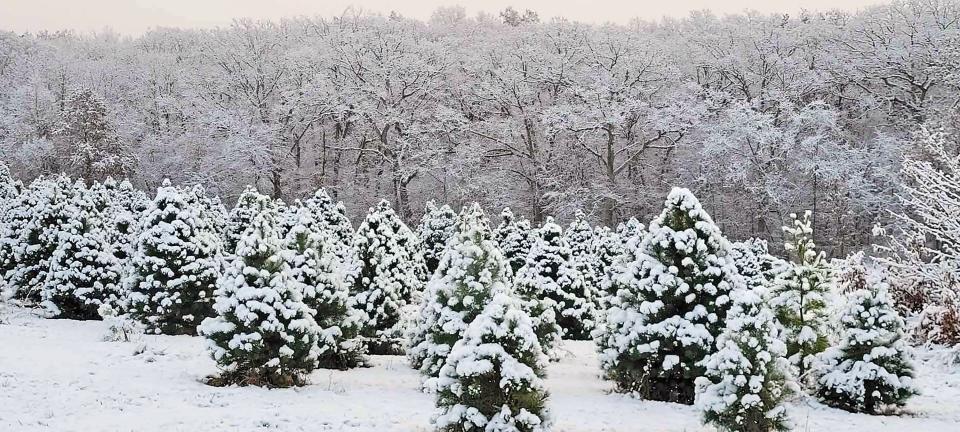
NOAA does warn, though, that snow cover on a specific day of a specific year "is largely a product of day-to-day weather systems, rather than long-term climate trends."
Contosta agrees.
"Whether or not you have a white Christmas is somewhat arbitrary because you need two ingredients, temperatures below freezing and precipitation," she said. "Whether or not you experience those is kind of random."
A better indicator is "12 days of white Christmas," said Contosta, whether that be before the holiday or after − a longer period of time that serves as a better barometer for long-term trends.
This article originally appeared on USA TODAY NETWORK: New England ski seasons may be changing as winters warm. What to know

